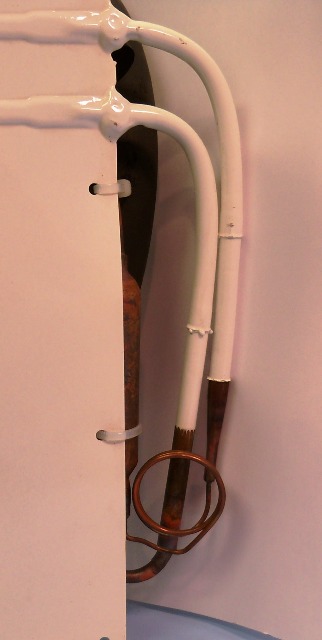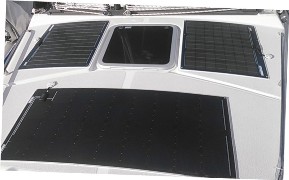
The published wattage rating of solar panels is determined by testing with a machine that flashes a light with an intensity of 1,000 watts per square meter on to the panel as if the sun were directly overhead. This flash test, performed under standard temperature and air quality conditions, gives a theoretical maximum power output that might be possible from that panel under the most ideal conditions.
This may sound like a cheap marketing ploy, but in fact is done from a safety aspect, as the cable and safety devices (fuses, breakers, etc.) must be sized in accordance with the maximum power that the panel(s) might produce, especially in multiple panel arrays. Typically, a panel will produce nowhere near its rated output in normal use, except maybe occasionally and then only very briefly. Considering the above, and the multitude of ever-changing conditions in a real deployment, it is not practical to simply use the wattage rating of a solar panel as an indicator of what power output to expect over the course of a complete solar day; i.e. from sun-up to sun-down. So how can we estimate what size panels, and how many, we might need to satisfy our daily amp/hour consumption?
First it is necessary to differentiate between the three most common types of silicon cells in general use.


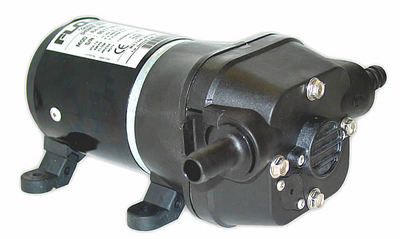

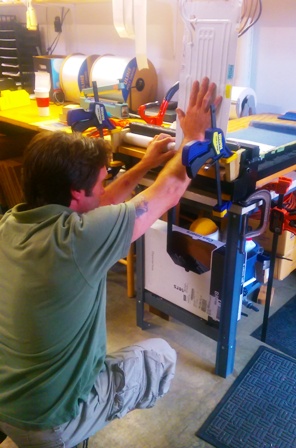
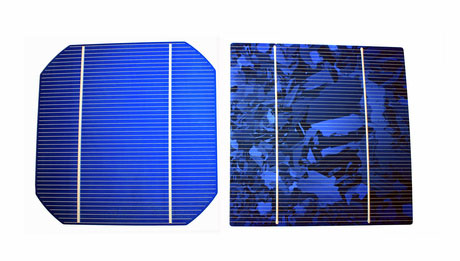
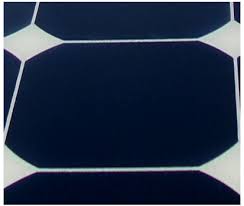
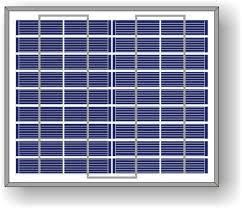

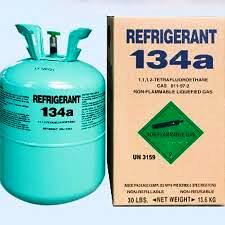 There is much talk and discussion in certain forums about how to determine the correct refrigerant charge level for a capillary tube refrigeration system, but there is only one, simple method that will result in the perfect charge in a Frigoboat system; the frost-line method. Pressures and current draw can be monitored to confirm that these are within expected limits, but there is no better way to guage the refrigerant level than with the frost-line method.
There is much talk and discussion in certain forums about how to determine the correct refrigerant charge level for a capillary tube refrigeration system, but there is only one, simple method that will result in the perfect charge in a Frigoboat system; the frost-line method. Pressures and current draw can be monitored to confirm that these are within expected limits, but there is no better way to guage the refrigerant level than with the frost-line method.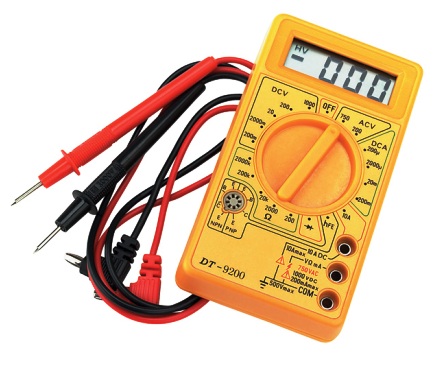 We handle many calls for troubleshooting help, and the vast majority end up being electric problems, mostly with the boat’s power supply to the Frigoboat unit. While the voltmeter on the distribution panel might show more than adequate power, it is what comes out of the end of the two wires at the Frigoboat unit that counts, and there is a lot of potential in the wiring for gremlins to creep in and spoil the party.
We handle many calls for troubleshooting help, and the vast majority end up being electric problems, mostly with the boat’s power supply to the Frigoboat unit. While the voltmeter on the distribution panel might show more than adequate power, it is what comes out of the end of the two wires at the Frigoboat unit that counts, and there is a lot of potential in the wiring for gremlins to creep in and spoil the party.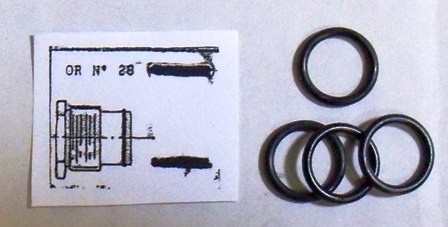 The couplings used on Frigoboat component refrigeration systems are proprietary to Frigoboat and are designed for long and trouble-free service. Some time ago it was noticed that there was an increase in reports of leaking
The couplings used on Frigoboat component refrigeration systems are proprietary to Frigoboat and are designed for long and trouble-free service. Some time ago it was noticed that there was an increase in reports of leaking 